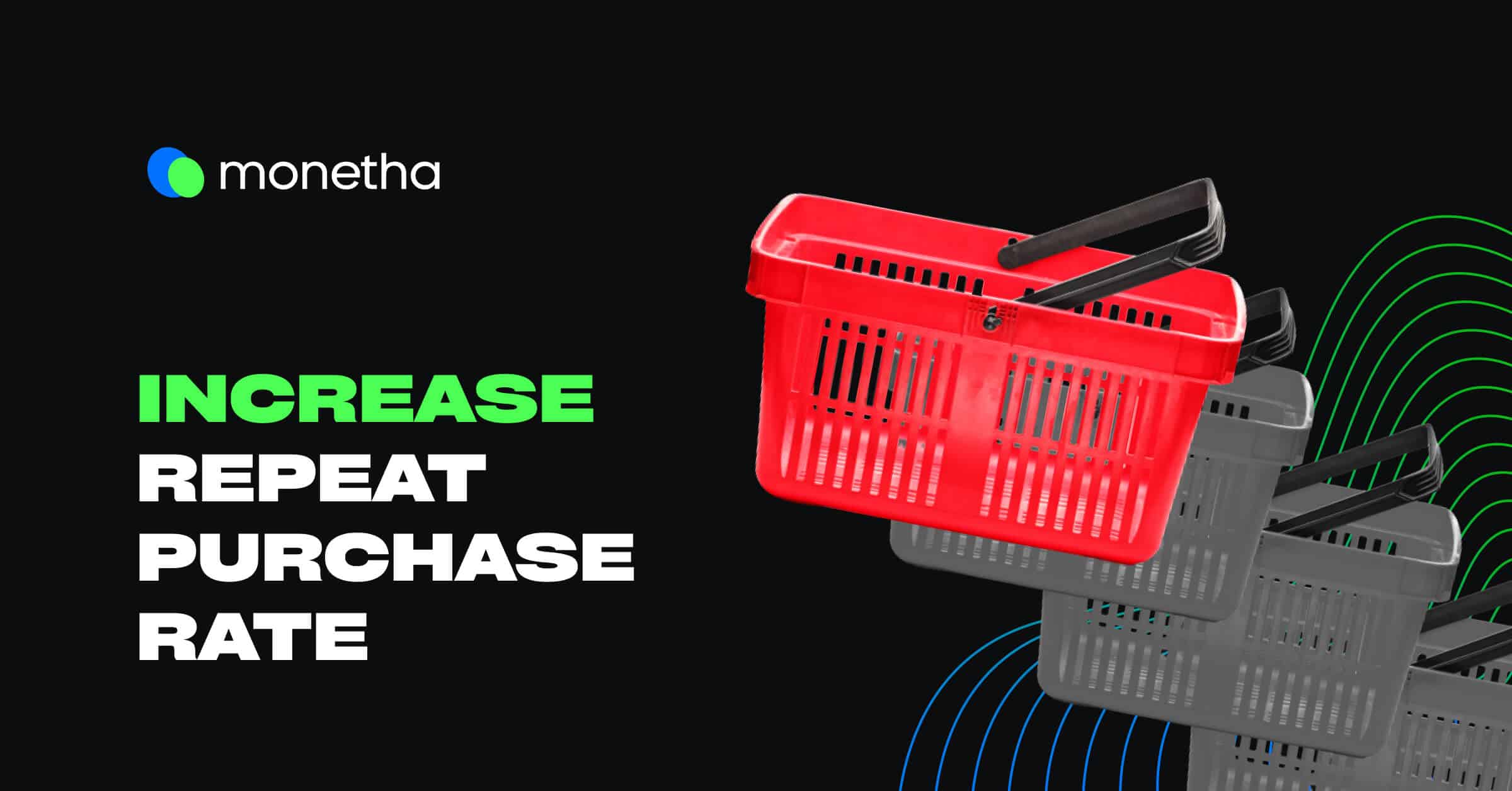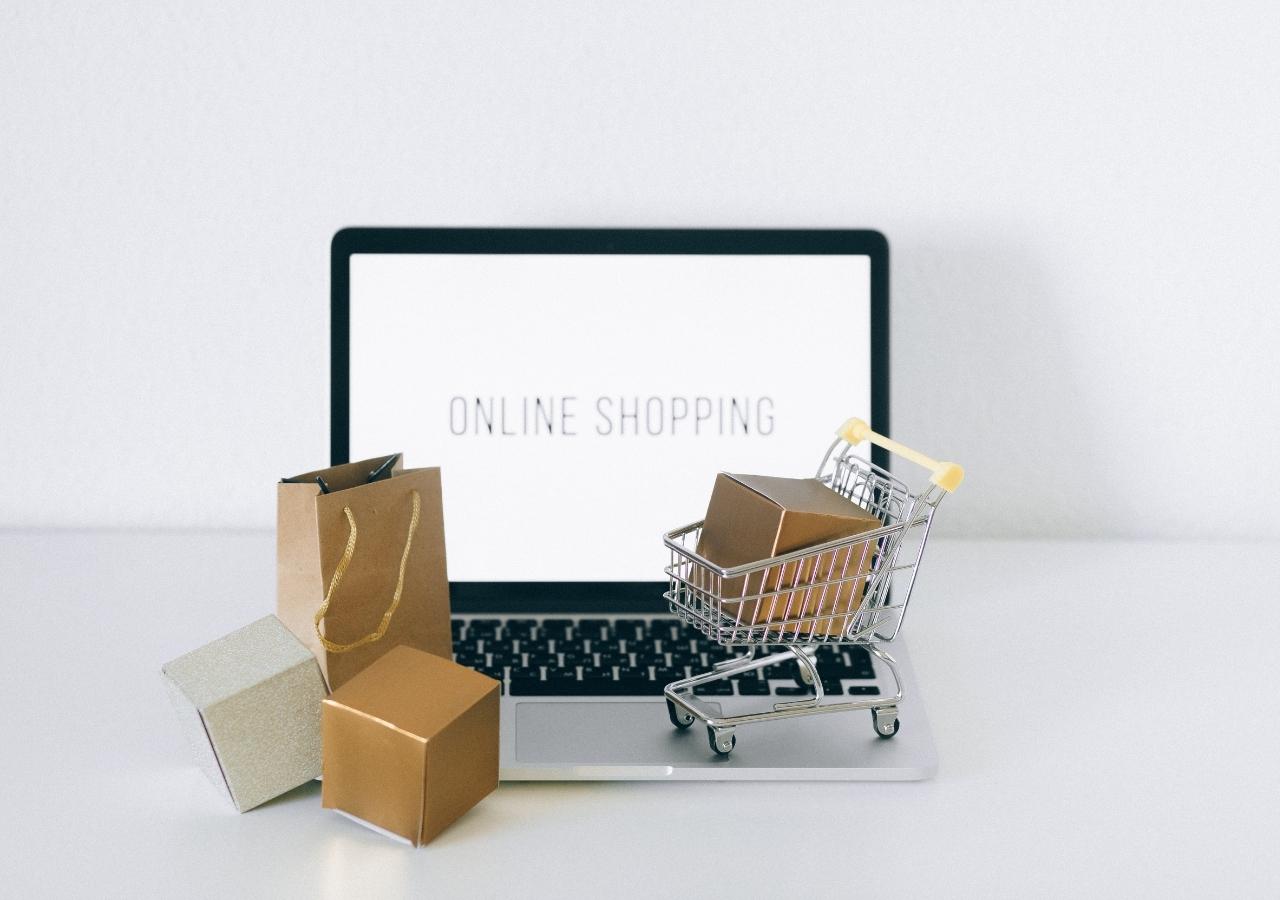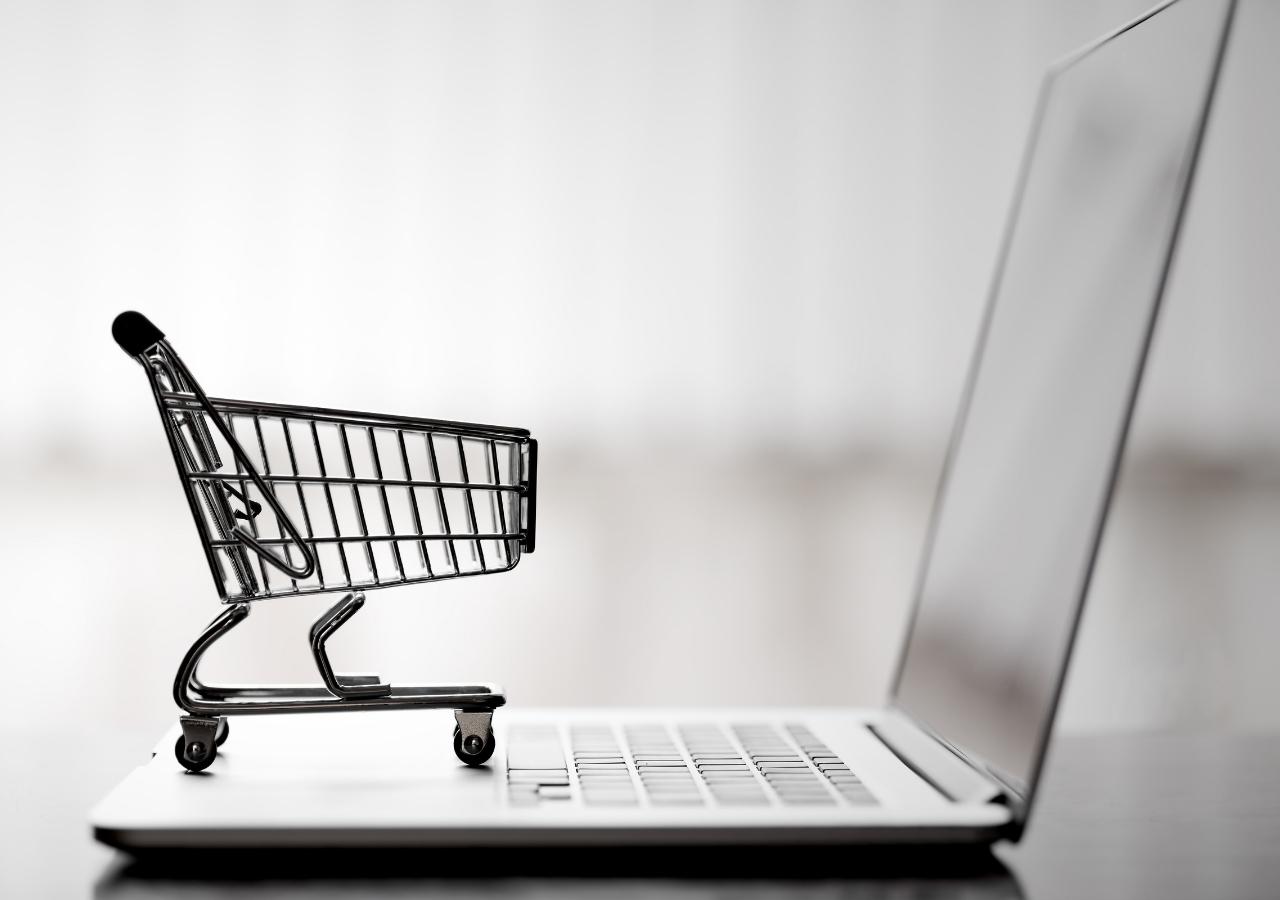ECommerce business owners know that retaining loyal customers is more challenging than acquiring new ones.
Repeat customers are responsible for ushering in a significant amount of the revenue. According to research, improving the customer retention rate by almost 5 percent can increase profits by 25 to 95 percent.
Additionally, repeat purchases amount to more than 40 percent of the net revenue for an eCommerce site.
Repurchases are an excellent parameter for judging why your store is preferred over your competitors. It shows the rate of your current customer base who frequently come back to purchase again. This is not only a metric of loyalty but also defines the business’ reputation in the retail industry.
For eCommerce businesses, it is imperative to encourage customers to keep visiting and purchasing from their platform, which will ensure the company’s sustainable growth over time. Thus, in today’s blog, we will discuss how businesses can boost their repeat purchase rate.
What is a Repeat purchase?
Repeat purchase refers to those made by customers who have shopped more than once. These are existing customers familiar with your brand and trust your store, so they keep returning to it.
The need for convenience primarily drives repeat sales. A store’s Repeat Purchase Rate (RPR) can range from 0 percent to 100 percent, and the higher the number, the better it is. If your business’s RPR is zero, none of your customers are coming back, and you must make improvements.
Customer behavior is different for repeat customers and first-time customers. In the case of eCommerce websites, repeat customers always know what they are looking for and go straight to purchase the desired product, leading to zero shopping cart abandonment.
Whereas first-time customers may take time to explore the site, find what they are looking for, explore prices, and even bounce or abandon their carts.
RPR is a metric that helps measuring brand loyalty.
Why is It Important?
The majority of eCommerce businesses tend to spend a large chunk of their marketing budget on trying to acquire new customers. However, only 41 percent of an eCommerce store’s net revenue is created by only 8 percent of its new customers.
When repeat customers frequent the same eCommerce store, it creates a halo effect (we’ve talked about repeat buyers more in depth on this article). The ‘halo effect’ is a term that describes the process of consumer favoritism towards a line of products sold by a store. This is influenced by the customer’s positive experience while navigating the store. The halo effect is often correlated with repeat purchase rate and brand loyalty.
The opposite of the halo effect is the ‘horn effect,’ where consumers have an unfavorable experience on the store’s website. This may account for a higher bounce rate or frequent shopping cart abandonment.
There are several reasons why repurshases are better than first-time ones. Here are six reasons:
1. They generate more revenue
According to a survey conducted by BIA/Kelsey, more than 50 percent of a business’s annual revenue is generated from repeat sales. RJMetrics also reported that repeat customers spend 300 percent more than first-time buyers.
The more times a business can convince customers to buy from its portal, its potential lifetime value is greater. The more repeat customers convert, the higher their average order value becomes compared to new customers. This is because repeat purchases are made based on a brand’s trust and loyalty.
2. Repeat customers are easier to sell to
Gaining new customers is an important goal of eCommerce businesses. But when a brand has limited time and resources, it shouldn’t be wasted on acquiring new customers who may never buy anything. In fact, there is only a mere 13 percent chance of converting a prospect into a buying customer.
Things are entirely different when marketing to existing customers. By paying attention to customer service and striving to improve user experience, a brand can make existing customers want to purchase again. There is a 60 to 70 percent chance of repurchases, which happens because there’s already an established relationship.
For repeat customers, marketing efforts can be targeted toward customer retention.
3. New customers cost the brand more
Businesses need to be financially savvy and save money wherever they can. Keeping existing customers involves far less hassle and resources than trying to gain new ones. Studies show that attracting a potential customer can cost 5 times more than retaining existing customers.
Since most brands operate on limited money, it is wiser to focus on ensuring customer retention.
4. Repeat customers promote businesses
The best marketing tactic is through word-of-mouth of a loyal customer. Marketing is highly expensive, and getting influencers or ambassadors to endorse your brand can be costly.
However, by focusing on repeat business, brands can create a band of loyal customers who will willingly promote the business and market its products and services. The power of word-of-mouth referrals is unrivaled when it comes to eCommerce stores.
A study conducted by Bain & Company showed that repeat customers could refer 50 percent more prospective buyers than one-time customers. In most industries, the more a customer returns to the store to make a purchase, the more they will promote the brand.
5. These purchases are incredibly profitable during the holiday rush
During the peak season, like Christmas or wedding season, first-time customers spend only 17 percent more per transaction, but repeat customers can spend up to 25 percent more per transaction. Studies have also shown that the percentage of revenue from repeat purchases increases steadily even during a recession period.
6. Most businesses are built on repurchases and customer retention
Businesses shouldn’t be a revolving door for customers. Research shows that 64 percent of businesses with decent customer loyalty make more money. The average customer is always on the hunt for the best deals and will more likely engage with a brand that offers loyalty points.
Implementing loyalty and rewards programs and using the right customer retention tool can greatly impact the business’ growth. More than 80 percent of future profits come from 20 percent of repeat sales.
How to Calculate It
Calculating an eCommerce business’ RPR involves a simple mathematical formula, which considers the purchases from repeat customers divided by total purchases on the site within a given date range.
The formula can be expressed in the following calculation:
Repeat Rate = number of customers who have shopped more than once / Number of customers
For example, if your brand has 100 customers, 46 have made repeat purchases, the RPR would be 46 percent.
Brands should track RPR daily, weekly, and monthly. This can be an important indicator of whether your efforts at boosting customer loyalty are paying off.
What’s a Good Rate for eCommerce?
Benchmarks for a good repeat purchase rate for eCommerce vary from brand to brand. Most eCommerce businesses have an average RPR of between 20 to 40 percent.
According to former VP of Growth at Facebook, Alex Schultz, if businesses can get 20 to 30 percent of their customers coming back and making a purchase every month, it is a good sign that the brand is doing well.
If your brand has accumulated close to 50 percent of repeat customers, it should re-focus marketing efforts on expanding the customer base. And, if you have less than 25 percent of repeat customers, it’s time to incentivize purchases from your store and actively encourage one-time customers to buy again.
So, how can businesses increase their RPR? Let’s find out the answer!
10 Ways to Increase Your Repurchase Rate
To increase the RPR, you have to deploy customer retention strategies, and these strategies help the business to acquire post-purchase value.
We have listed 10 practical strategies that can be used to increase the RPR of an eCommerce business.
1. Sending targeted post-purchase messages
One of the worst mistakes a brand can make is not following up after the customer makes the purchase. Sending targeted and personalized post-purchase messages can create a lasting impression in the customer’s mind, and this will keep your brand’s name on top when they need to re-purchase.
Targeted post-purchase messages can be sent in many creative ways. For instance, customers can receive relevant tips or a guide on using the product. Messages about similar or recommended products that the customer will enjoy can also be sent.
These messages can be sent via a marketing automation platform that delivers content across all channels, including email, push notifications, Whatsapp, etc.
2. Building an email list
Sending regular and targeted emails to existing customers is a standard marketing technique to encourage repeat purchases. Sometimes, customers need to be reminded of the brand and its offerings. And to do this, building an email list is crucial.
However, make sure that you use “send frequency optimization” and lower the frequency of your emails for customers who show declining interest.
3. Incentivizing the second purchase
Incentivizing the second purchase is a good way to improve your RPR. Discounts, promo codes, or referral links can be effective but only if used correctly. Especially for first-time buyers, this is an excellent way of luring them back in for a second purchase.
Brands can also use AI to identify customers who haven’t purchased in a while but are browsing. This way they can engage with offers to drive your numbers up.
4. Showing off reviews and testimonials on the website
The best way to convert a first-time buyer into a repeat customer is by leveraging other people’s opinions and reviews about the products on your website. Customers are more likely to trust brands when there is evidence that other shoppers like the brand.
A 2019 survey by BrightLocal proved that positive reviews could make 91 percent of customers more likely to purchase from a store. Similarly, 82 percent of customers can be discouraged by negative reviews. This framework is known as social proof.
Brands should highlight the positive reviews on their website by including them in landing pages, product pages, or even email campaigns. Posting pictures of happy customers is an excellent way of supporting these testimonials.
5. Sending cart abandonment emails
More than 70 percent of customers add items to their shopping cart only to leave without completing the purchase. Every 7 out of 10 people who visit your website abandon their shopping carts. This is a missed opportunity for every eCommerce business, and a significant portion of potential revenue goes down the drain.
An easy solution to this problem would be sending shopping cart abandonment emails. An automated email triggered when someone leaves their cart behind can act as a provocation, encouraging some customers to go ahead with their purchases.
6. Implementing a rewards or loyalty program
Another effective way of improving your RPR is through rewards or loyalty programs. A strong rapport with the customer is the true driver of repeat purchases and brand loyalty.
Brands need to show their customers that they are valued, and this is a simple way of thanking the customer and increasing RPR. Points and rewards can be offered for every purchase the customer makes in the store, encouraging them to buy from you more.
For instance, H&M runs one of the most robust loyalty programs where customers are rewarded with points every time they shop, and these points can be later redeemed for discounts and vouchers.
7. Understanding customer satisfaction through surveys
Customer feedback can help improve RPR and customer retention. If you want your customers to keep buying from you, you must determine what they think about your business.
If customers are unhappy with your business, it can result in a poor conversion rate. Through customer surveys, brands can listen to their customers, give them what they are looking for, and rebuild trust. When brands are able to solve issues by analyzing customer surveys quickly, customers are likely to stay loyal to the brand.
Brands need to ask the right questions during customer surveys. A few examples of customer feedback questions are:
-
On a scale of 1-10, how likely are you to buy our products again?
-
How likely are you to recommend our business to a friend?
-
Rate your browsing experience of our app/ website.
-
How satisfied are you with our product/services?
-
How did you learn about our website?
8. Make ordering from your website a seamless process
Customers like hassle-free websites that provide them with a seamless ordering experience, encouraging them to revisit the platform. For instance, Amazon has millions of loyal fans because ordering from its website is seamless.
One way of doing this is by letting customers create accounts on your website. They can save their billing and payment option, address, and checkout quickly whenever required, streamlining the buying process.
9. Sending personalized product recommendations
Personalization has a special place in marketing. Studies show that more than 33 percent of customers are likely to abandon a business if they don’t feel a personal connection to it. When brands interact with their customers, they have data on their preferences, which can be used wisely to tailor messages.
By analyzing the customer’s previous activity on the site, brands can send personalized product recommendations. This makes customers feel heard and increases their chances of purchasing again.
Also, brands should note a customer’s birthdays and anniversaries and send special discounts and referrals on these special occasions.
10. Answering questions and comments on the website
Last but not least, superior customer service is the key to increasing repeat purchases. Although 80 percent of businesses believe they offer exceptional customer service, only 8 percent of customers feel that they are receiving adequate customer service.
Being responsive to customers should be a given when running an eCommerce business. If you want to build a band of loyal customers, you have to engage with them and answer their queries across social media channels. Companies that actively interact with their customers have a higher ROI than those that don’t.
A happy customer is a loyal customer. Therefore, eCommerce businesses should prioritize strengthening customer relationships.
Several aspects of the post-purchase experience get neglected, leading to a low repurchase rate. Businesses should feel prepared to take on the challenge and focus on customer retention strategies.
Did you like this article? Then we’re sure you’ll love to learn more about purchase frequency here. Let us know how you like it!






